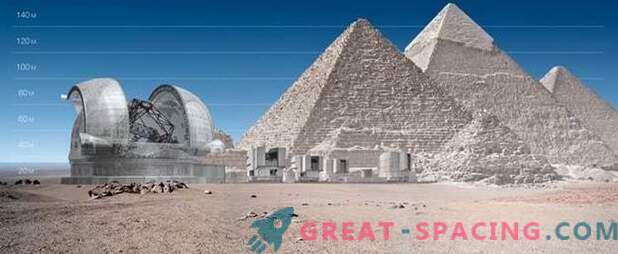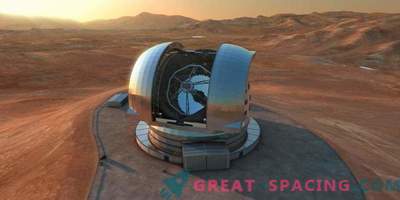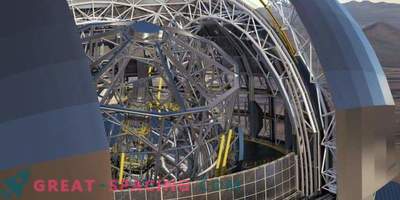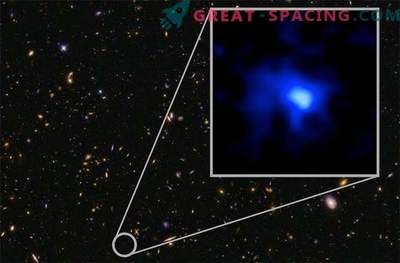
The largest telescope in the world received an official building permit, while maintaining the status of the largest instrument for observing the night sky in 2014.
The European Extremely Large Telescope (E-ELT), which uses a light-gathering surface 128 feet (39 meters) wide, was given the green light to build on top of Mount Armazon in the Atacama Desert, Chile.
“The decision made by the Council (the main governing body of ESO) means that the telescope can now be assembled and that the large-scale industrial construction work of the E-ELT can act according to plan,” said Tim De Zeuw, CEO of ESO, in a statement.
The construction of the E-ELT was approved in June 2012, but on condition that contracts worth more than 2 million euros can be obtained only after 90 percent of the total funding required to create the telescope is approved (1, 083 billion euros or $ 1.34 billion, at 2012 prices. An exception was made for “civilian work”, including leveling the site and building a road to Mount Armazon.

Comparative sizes of E-ELT and the great pyramids of Egypt The 90% threshold was reached in October, when Poland agreed to join the ESO. The ESO divided the construction of the E-ELT into two phases: 90 percent of the project cost goes to “phase 1” and 10 percent of the costs are allocated to “phase 2”, for the development of non-essential elements. They include about one-quarter of the 798 individual E-ELT mirror segments (which together make up the huge main mirror) and part of the telescope's adaptive optical system, which will help negate the blur effect of the Earth’s atmosphere.
The current construction permit applies only to phase 1. Contracts for this work will be received at the end of 2015. Phase 2 components will be received as soon as funding is approved.
"The funds received at the moment will allow the construction of a fully working E-ELT, which will be the most powerful of all existing telescopes and even those that are in the plan," said Zeuv. "It will make the first observations of earth-like planets, study star clusters in neighboring galaxies, and also make supersensitive observations of the depths of the universe."











































